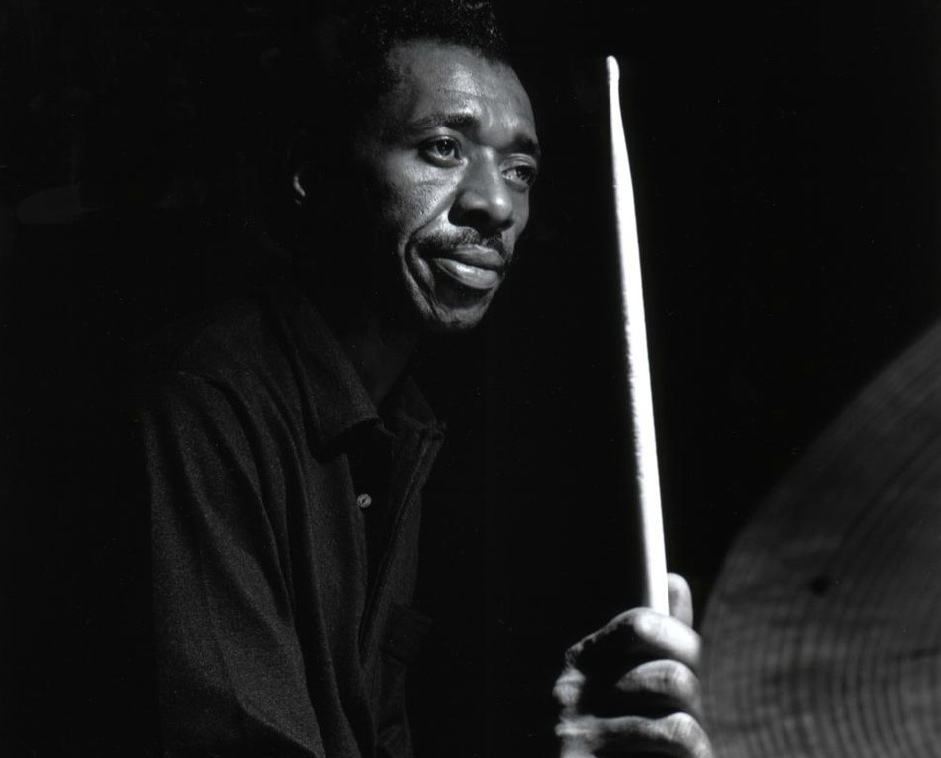
Philly Joe Jones is one of the greatest of the hard boppers. His contributions to the art of jazz drumming are immeasurable. He was a virtuoso with a pair of brushes, and a genius at turning the rudiments into fluent musical ideas. More than any of his peers, it was Philly Joe’s time feel that defined the idea of swing in the 1950s. In retrospect, he would prove to be the strongest link in the chain between Max Roach, Art Blakey, and Roy Haynes, and the Elvin Jones/Tony Williams school that was soon to emerge.
The volume, aggressiveness, and explosiveness of Jones’ playing and the subtlety of his cross-rhythms helped to expand the role of the drums in jazz. A superb timekeeper, he was known especially for his technique with brushes, as well as his cymbal playing and his carefully structured solos.
In his formative years he studied the drums with drummers the likes of Cozy Cole and Charles Wilcoxon, receiving valuable advise from Art Blakey and a then younger Max Roach. He established himself as “Philly Joe” Jones, from the name of the city of his birth, to distinguish himself from the mainstay Count Basie’s drummer, Jo Jones. But just as Jo Jones established the rhythm section standard in the 30’s and 40’s, Philly Joe would do the same in the 50’s.

“When Philly Joe Jones was given thirty-two bars, that’s what he would play. If he took a few choruses, he expected you to listen, not walk off the bandstand, and come in just where you should. He didn’t fool around. Jones could burn you alive with fours, eights, half choruses, and choruses. Most drummers would give their eyeteeth to be able to do what he did,” notes jazz pianist, Dick Katz.
“Philly Joe’s forte was really his swinging ability. He could swing the band and play hard, and that’s what made him an influence.” …Tony Williams